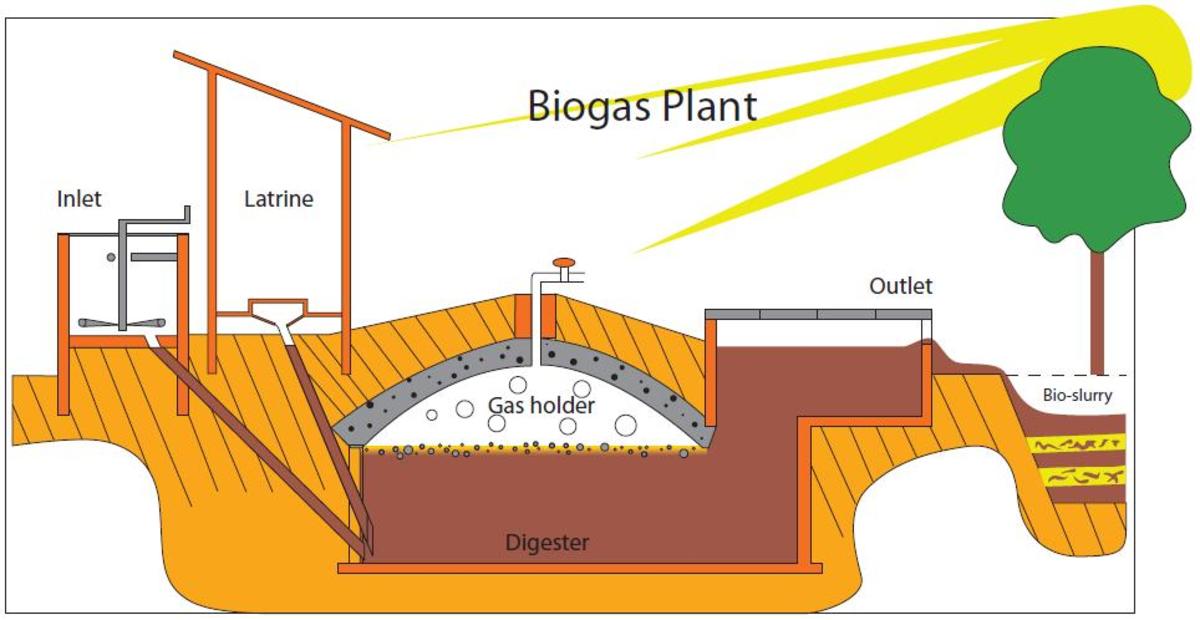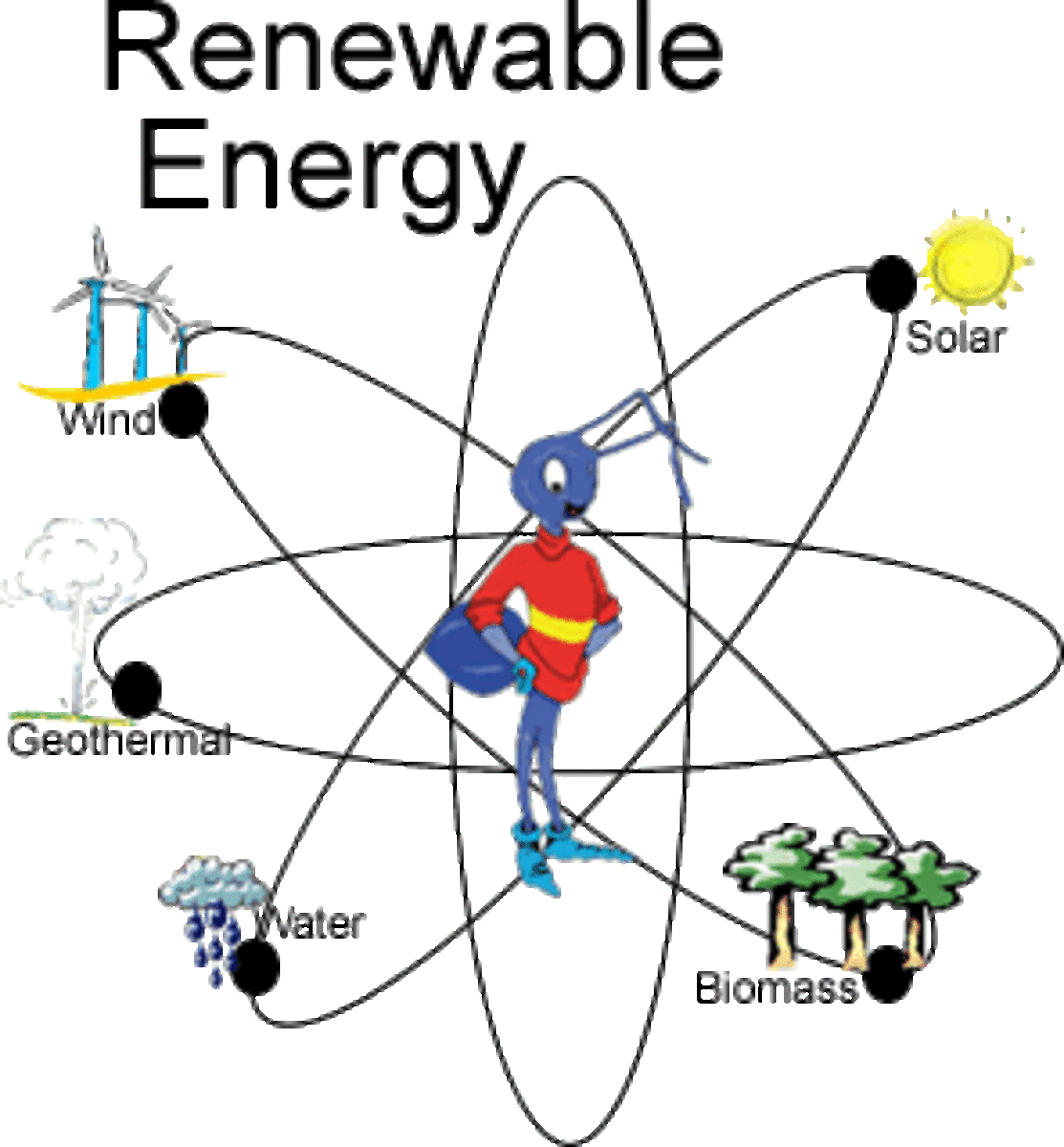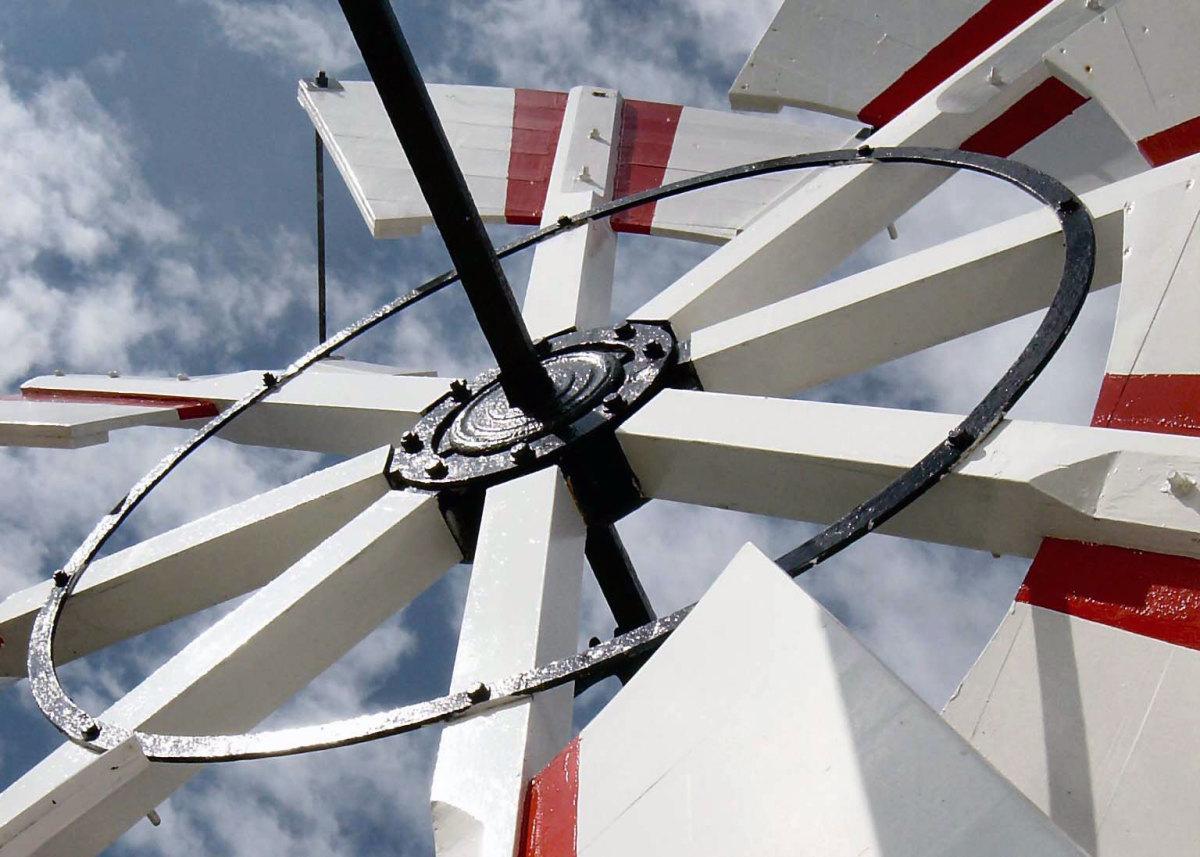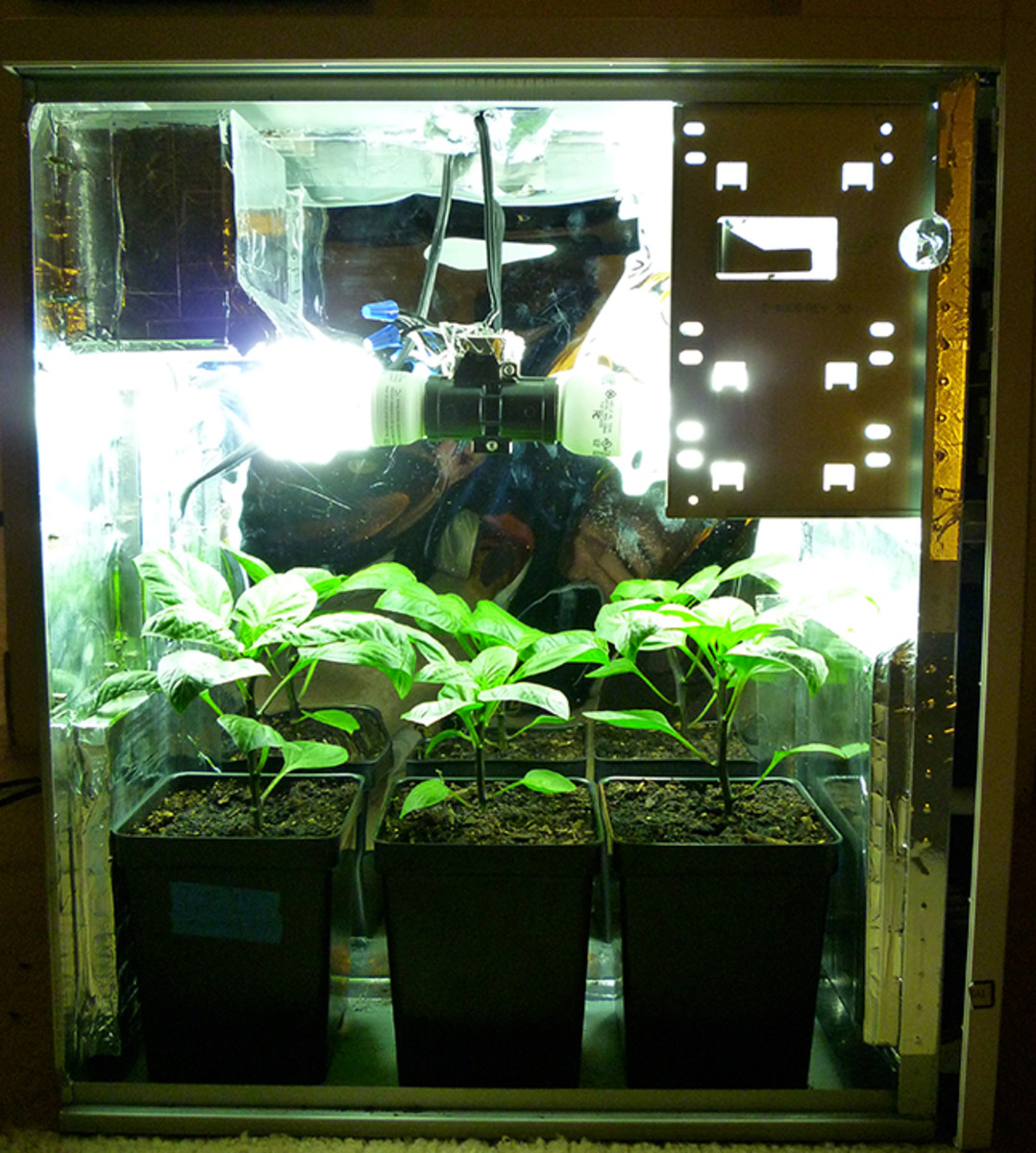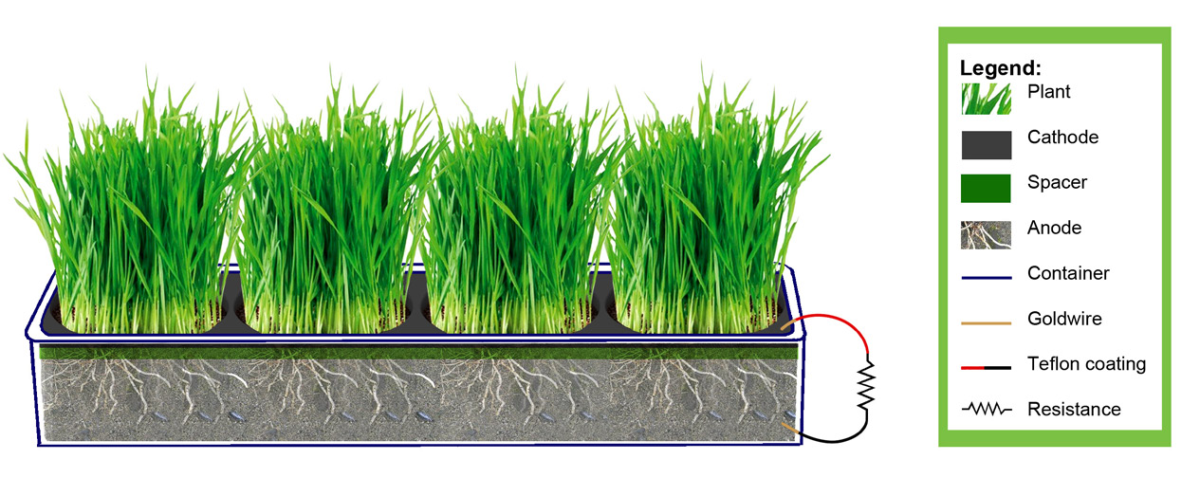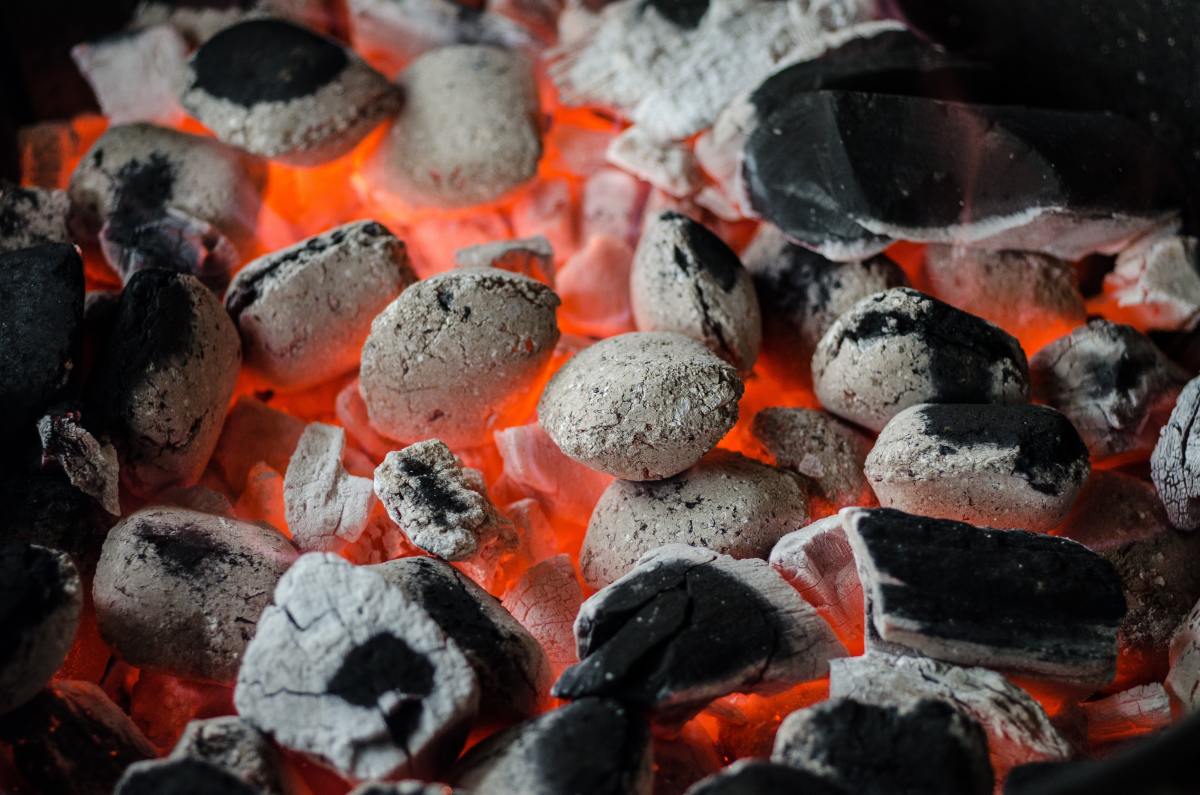Utilizing Cow Manure as a Biogas for Renewable Energies
In the Beginning
Once upon a time, there was a place called the old west, with wagon trains and cowboys. In this old west, there were also oxen and buffalo that roamed the lands leaving behind a precious commodity for the cowboys and their wagon train. Yes, that is right, manure. Even back in the old west, buffalo “chips”, gathered by the women and children, were utilized as fuel to start the evening fires for the wagon trains. Much like today, where large dairy and cattle operations are “gathering” manure to heat their homes and generate electricity to run their businesses. Let us venture into this concept and see what rich renewable energy cow manure has to offer our economy.
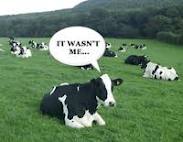
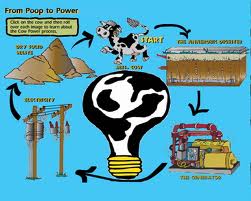
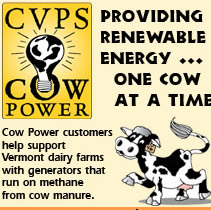
Gathering manure? A little about the process.
With our fossil fuels being depleted on a regular basis, America has been looking into different ways to create energy sources that can be utilized from natural sources such as solar, water, wind, agricultural resources and even methane from cow manure. Cow manure, when put through a simple process, can be converted into a usable biogas, and has been tested by different energy companies and universities with proven outcomes, reducing ecological hazards that are created by contamination and pollution from to current storage process.
Using anaerobic digesters is the most common process that is being used when converting cow manure to usable methane based biogas. This process decomposes animal waste with bacteria in the absence of oxygen (Enger & Smith, 2010, p. 197). The anaerobic process needs an airtight holding tank. There are four types of bacteria that are needed to break down the waste; Hydrolytic, Fermentative, Acidogenic and Methanogenic. They break down the waste into sugars, amino acids and organic acids, convert it into hydrogen, carbon dioxide and acetate and then finally convert into a biogas that is usable for energy. The microorganisms need to be at temperatures of at least 68 degrees, but can be processed at temperatures as high as 150 degrees. About 90% of the gasses created are a mixture of methane and carbon dioxide, with lower levels of oxygen, nitrogen, and hydrogen. A dairy with 500 cows produces up to 8,000 gallons of manure a day. This amount of manure run through one of these digesters can produce more electricity than the dairy can use in any one day (Biogas Technology: Anaerobic Digesters, 2009). The dried bi-product that is created from this process is bagged and sold as an organic fertilizer that is being used on gardens and lawns everywhere.
Being utilized nationally and worldwide.
With the continued efforts of our energy companies and research being done in our universities, the Department of Energy has recognized Ruthford, Vermont, CVPS, Cow Power TM, and Central Vermont Public Service as the first, farm to consumer, renewable energy program to provide over 42 million KWh of energy to consumers from cow manure since 2004, (DOE Recognizes Green Power Network Leaders:Central Vermont Public Service Corporation - Cow Power TM, 2009). In rural, Westgate, Iowa, Top Deck Dairy, Inc., tells of funding that they received by the Department of Natural Resources, the USDA, and the local Alliant Energy company which allowed them to set up a recovery system to help turn cow manure into electricity by installing an anaerobic digester to produce the electricity it needs to run its 700 cow dairy operation (Methane Energy Recovery on Iowa Farms: Top Deck Dairy, Inc., Westgate. Iowa, 2003, p.2)Western Kentucky University, while conducting research and studies on only using manure from two cows, were able to generate enough heat with the process of the digester and the circulation of liquid waste, to bring temperatures to 85 degrees in their green houses to produce winter plants (Minor, 2010). Even foreign countries have been using the process in recent years. With the help of 250, 000 cows, China is producing the largest cow power biogas conversion in the world. It is expected to generate, 38,000 MHz per/year of biogas to their consumers. It also offers a way to dispose of waste while creating an energy source (Batsheva-Coraline, 2010). In California, a real-estate lawyer sells his cow manure generated electricity to Southern California Edison, from his Mesquite Lake Resource Recovery Project that is producing 17,500 MW per/hour of electricity, to help power over 15,000 homes in the surrounding area. Many different energy companies are helping with the implementation of utilizing this renewable energy source and are contributing continual funding regularly. Our colleges and universities are continuing research and always developing new ways that these energy sources can be used.
Helping to eliminate current hazards.
Cow manure is usually piled, and stored, behind barns or out in the open until there is a way of disposing of it; or until it is dry enough to spread on open fields as fertilizer. It is also stored in large ponds, later to be pumped out and distributed onto fields as a liquid fertilizer. In Winchester, Indiana, a local farmer has been having trouble maintaining one of these liquid ponds and has had gas bubbles 20 feet tall created by 21 million gallons of liquid cow manure. His plan is to pop the bubbles that are forming to release the pressure before they blow up. Local neighbor, Allen Hutchison says, “if that thing back there blows, God help us all for miles," and is concerned along with other neighbors that by puncturing the bubbles it will create an explosion of manure and toxic gas. He also has concerns that it will contaminate the ground water, and had originally petitioned against the dairy farm from being opened (Etter, 2010). When manure is stored in ponds, or an outdoor pit, as it decomposes and emits ammonia and hydrogen sulfide into the air. They can also leak or rupture leeching into the soil and the ground water supplies. In 1999, during Hurricane Floyd, almost all of North Carolina s manure pits overflowed into waterways causing wide spread contamination, like most other states, North Carolina does not require treatment of their animal waste ponds. Trucks also distribute this manure to be put on farmland as a liquid based fertilizer. Unfortunately, there has been such an increase of manure that the ground cannot contain it all and it is running off into our water supplies and leeching into our ground water. Nitric oxides, are released, in large quantities from farms through manure application, and are among the leading causes of acid rain. According to an article in the Sustainable Table, Animal Waste, the Environment, and Human Health, it is stated by, “The Environmental Protection Agency (EPA), drinking water with nitrate concentrations above ten parts per million (ppm), can cause developmental deficiencies in infants and death in severe cases due to oxygen deprivation,” (Waste, n.d.) With the use of sealed units to contain the gasses and the anaerobic digester process we could eliminate many of the hazards that are created by manure storage today, and create a renewable energy source in the process.
My thoughts.
By learning more about the processes that can be used to generate electricity from cow manure and with the help of our local agencies, collage research, dairy producers, ranchers, and energy companies, we can maybe attain a process that will help in contributing less contaminants to our waters and the air we breathe. As we grow more aware of the need for renewable energy sources, maybe we have found a way to utilize sources that are right under our nose.
References
Babaeva-Coradini, L. (2010, May 6). Cow Power. Retrieved from Waller Landsden: http://blog.wallerlaw.com/post/Cow-Power!.aspx
Biogas Technology: Anaerobic Digesters. (2009, Page updated March 27). Retrieved from Oregon.gov: http://www.oregon.gov/ENERGY/RENEW/Biomass/biogas.shtml
DOE Recognizes Green Power Network Leaders:Central Vermont Public Service Corporation - Cow PowerTM. (2009, September 14). Retrieved from US Department of Energy: http://www.energy.gov/news/8010.htm
Enger, E. D., & Smith, B. F. (2010, p. 197). Enviromental Science A Study of Interrelationships Twelfth Edition. New York: McGraw Hill.
Etter, L. (2010, March 25). Manure Raises New Stink Giant Gas Bubbles in Indiana Dairy Farm's Waste Pond Frighten Neighbors. Retrieved from The Wall Street Jouranal: http://online.wsj.com/article/SB10001424052748704266504575142224096848264.html
Methane Energy Recovery on Iowa Farms: Top Deck Dairy, Inc., Westgate. Iowa. (2003, p.2). Retrieved from Alliant Energy: www.alliantenergy.com/wcm/idcplg?IdcService=SS_GET.
Minor, R. L. (2010, January 4). Farm unleashes cow power: Methane from animal waste being put to good use in various ways. Retrieved from Points of View Reference Center powered by EBSCOhost: http://search.ebscohost.com/login.aspx?direct=true&db=pwh&AN=2W63855629447&site=pov-live
Waste. (n.d.). Retrieved from Sustainable Table: http://www.sustainabletable.org/issues/waste/

